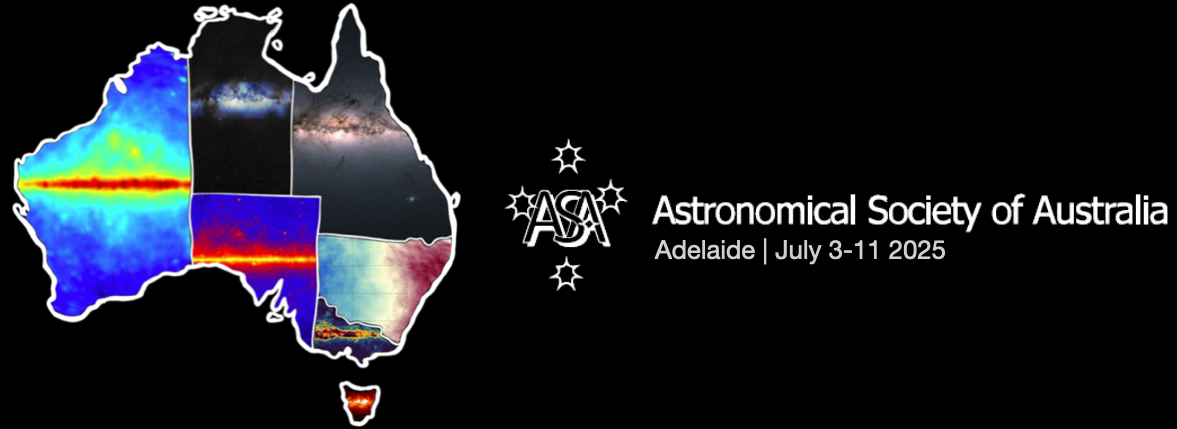AGN accretion discs cannot be directly resolved, making flux variability a powerful probe of their internal structure and accretion processes. However, host galaxy contamination complicates variability studies of low-luminosity AGN. To address this gap, we characterise the optical variability of a sample of ~250 low-luminosity AGN at z < 0.1 through the ensemble variability structure function...
A galaxy’s total radiation arises from a combination of processes including star formation, dust and gas reprocessing, accretion, and magnetic interactions. While star formation typically dominates the optical and infrared emission of galaxies, AGNs contribute significantly at X-ray, mid-infrared, and radio wavelengths. Even a modest AGN contribution can bias key derived quantities such as...
The hot intracluster gas within galaxy clusters experiences shocks, mergers, and active galactic nucleus (AGN)-driven feedback, all of which drive its overall pressure distribution, which is crucial for understanding the mass and composition of these systems. 'Non-thermal pressure' (NTP) - gas pressure not attributed to random motion - is generated during these processes, but is challenging to...
Recent JWST observations have revealed an unexpected abundance of bright galaxies at z ≳ 12, both in the UV and as Lyman-α emitters, challenging standard galaxy formation models and our theoretical expectation of reionization in the early universe. Using a semi-analytic galaxy formation model, we find that while faint JWST galaxies align with predictions, bright galaxies require enhanced star...
High-redshift AGN are a key puzzle piece to understanding the full picture of galaxy evolution due to the co-evolution of supermassive black holes and host galaxies. Across cosmic time, radio-loud obscured AGN are beacons of massive black holes and host galaxies, but at z > 5 this population remains elusive (with fewer than five known). The most massive and powerful of these radio-loud AGN are...
The James Webb Space Telescope (JWST) has revolutionized the study of quasars in the high-z Universe. For the first time, astronomers have detected and characterized nearly 10 galaxies that host bright quasars at z > 6, a fundamental step in understanding the co-evolution of galaxies and their supermassive black holes (SMBHs) across cosmic time. Initial stellar mass measurements of these...

